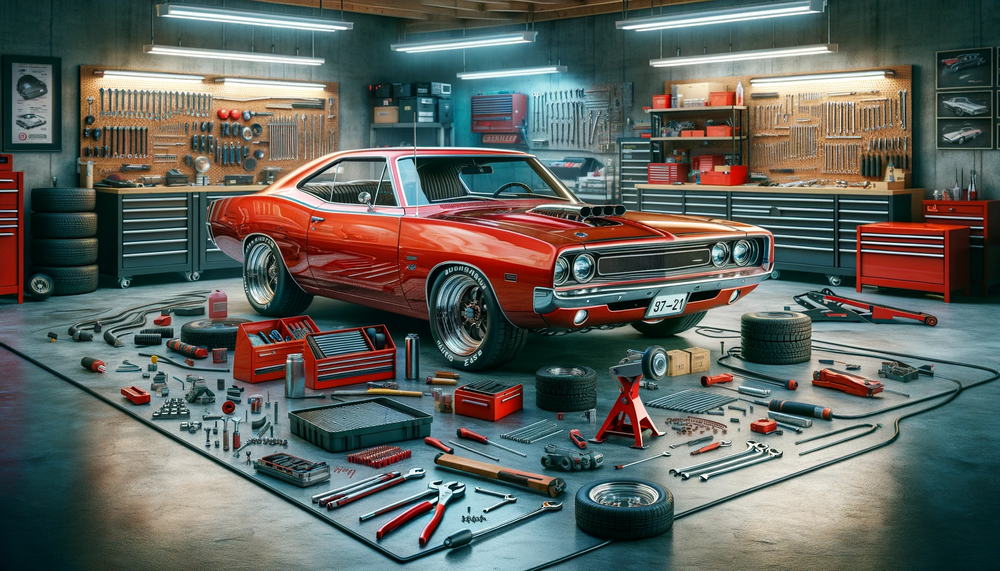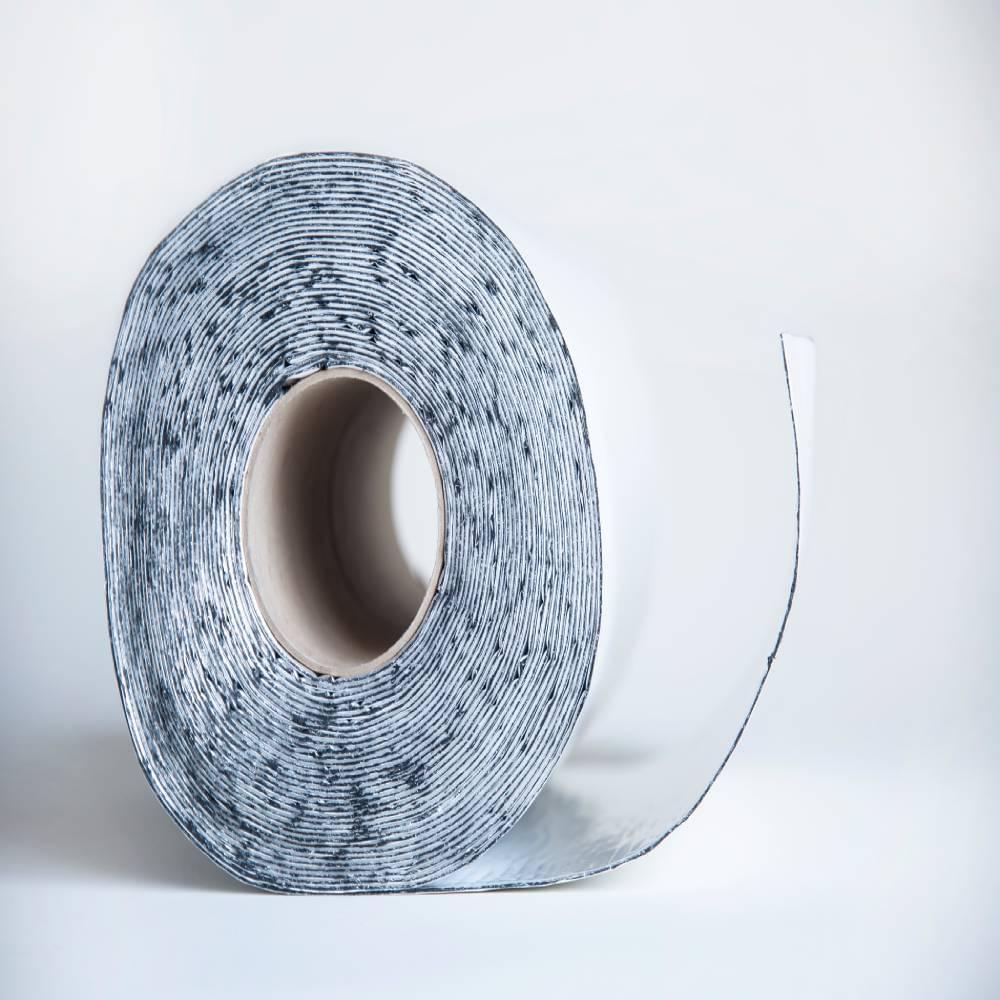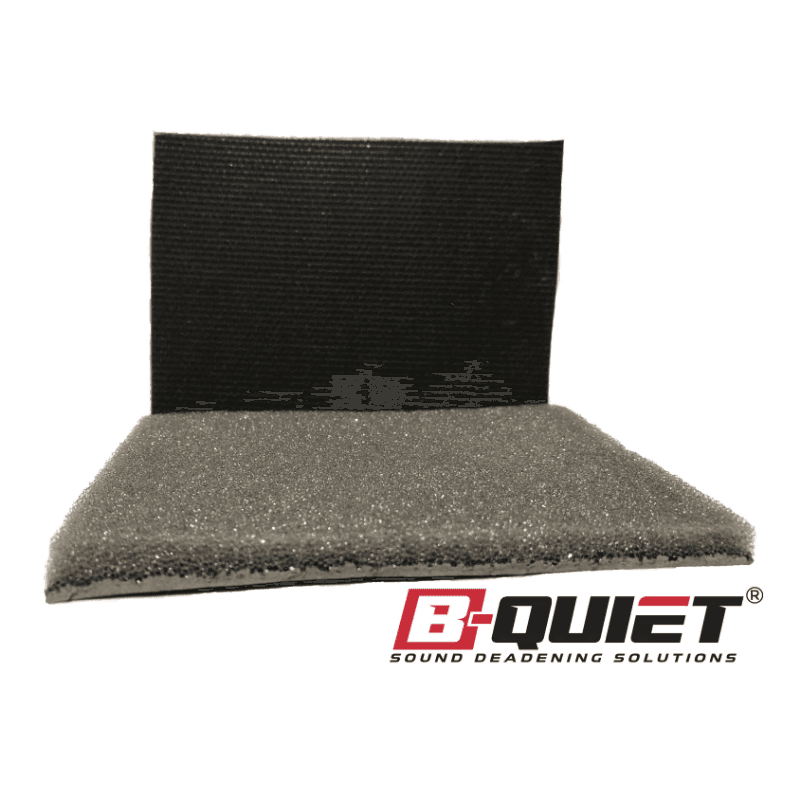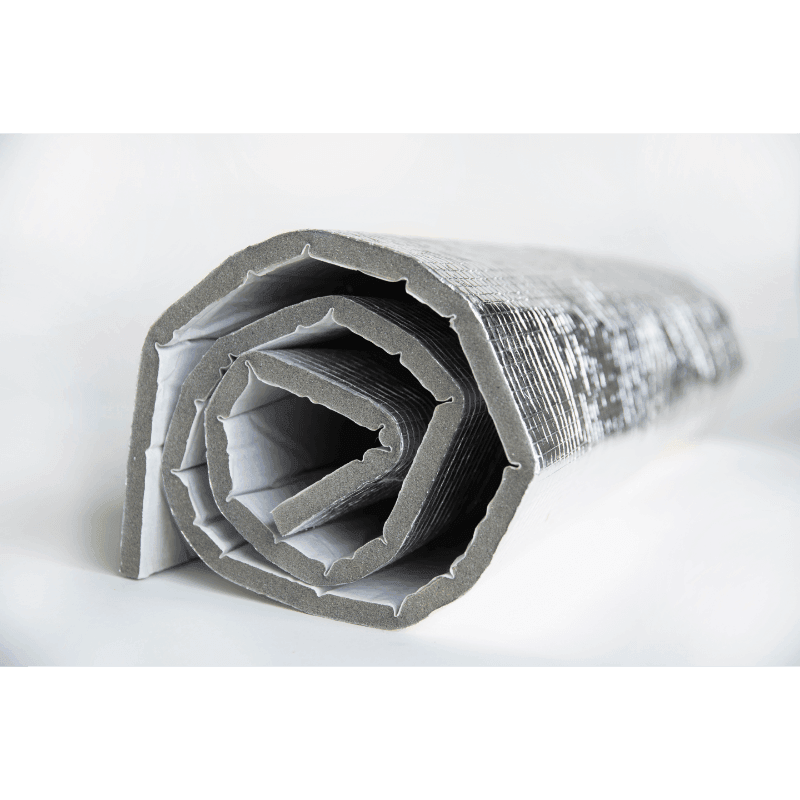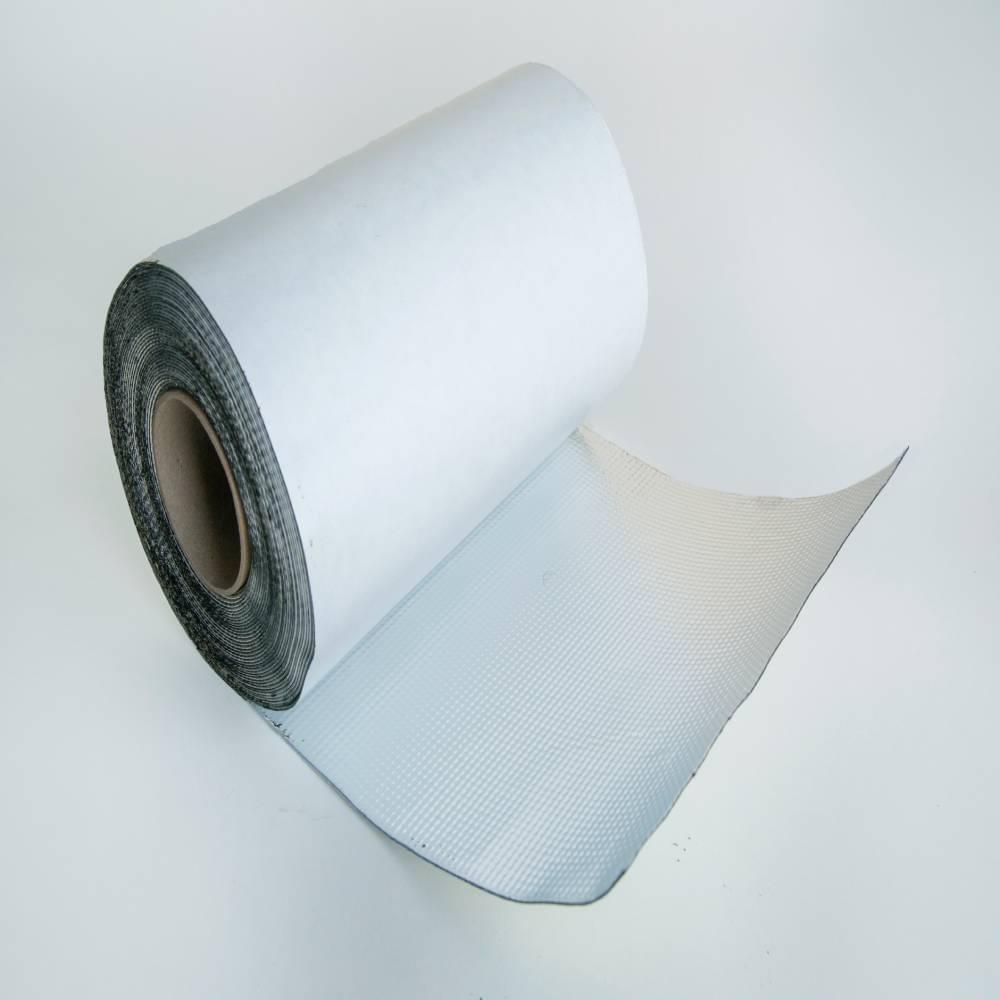Upgrading Classic Cars with Modern Sound Deadening Solutions
Classic cars exude a unique charm and nostalgia that can't be matched by today's modern vehicles, capturing the hearts of car enthusiasts around the world. While the visual and mechanical aspects of these vintage treasures are often meticulously restored and maintained, owners sometimes overlook one crucial aspect of the driving experience - noise.
Classic car cabins are typically louder than modern vehicles, as older models generally weren't designed with the same focus on noise reduction. Given the advances in automotive technology and materials, it's now possible to upgrade your classic car with efficient sound deadening solutions to enhance your driving experience without compromising its vintage charm.
In this comprehensive guide, we'll delve into the benefits of sound deadening for classic cars, explore various materials and techniques, and provide helpful installation tips. With the right sound deadening solutions in place, you can create a more enjoyable and comfortable driving experience while preserving the timeless appeal of your classic car.
Discover the perfect sound deadening solutions for your classic car and embark on a smoother, quieter, and more comfortable journey through time.
Benefits of Sound Deadening in Classic Cars
Integrating sound deadening solutions into your classic car can greatly enhance the driving experience without altering its vintage essence. Key advantages of investing in sound deadening upgrades for your classic car include:
- Improved Comfort: Sound deadening materials can mitigate road noise, engine vibrations, and wind interference, making your classic car more comfortable for drivers and passengers alike.
- Longer Drives: A quieter cabin allows you to enjoy longer rides without the discomfort of excessive noise or vibration.
- Preserving Authenticity: Installing sound deadening materials is a subtle upgrade that allows you to maintain your classic car's authentic appearance while enjoying modern comfort and convenience.
- Increased Resale Value: A quieter and more comfortable cabin can boost your classic car's appeal, potentially enhancing its resale value.
Sound Deadening Issues Unique to Classic Cars
While many noise-related challenges are similar across all vehicles, classic cars present unique issues that warrant specialized consideration:
- Older Materials: Classic cars were built using materials subject to wear and degradation over time, potentially allowing more noise infiltration.
- Lack of Modern Engineering: Vintage automobiles weren't designed with the same focus on noise reduction as contemporary models, potentially leading to more cabin noise.
- Preservation Concerns: When making improvements to classic cars, maintaining the original appearance and character is of the utmost importance, and materials must be chosen accordingly.
Understanding these specific challenges will guide your selection of sound deadening materials and installation techniques for your classic car.
Installing Sound Deadening Solutions in Classic Cars
To achieve optimal noise reduction and preserve your classic car's original character, follow these guidelines when installing sound deadening materials:
- Work with care: Treat your classic car gently when removing and reinstalling interior components. Vintage parts may be fragile, prone to damage, or difficult to find as replacements.
- Prep surfaces thoroughly: Cleaning and degreasing all surfaces before starting your sound deadening installation ensures proper adhesion and minimizes the likelihood of future issues.
- Apply strategically: Determine the most critical areas of your classic car for noise infiltration, such as door panels, floorboards, and engine compartments. Target these areas when applying your sound deadening solutions.
- Monitor progress: Periodically assess the sound deadening improvements you've made to ensure effectiveness and make additional changes as needed.
Maintaining Your Classic Car's Sound Deadening System
Proper maintenance of your classic car's sound deadening materials ensures optimal performance and longevity. Follow these tips for keeping your sound deadening system in top condition:
- Regular inspections: Check your sound deadening components regularly for any signs of wear, damage, or detachment. Promptly address any issues you discover.
- Gentle cleaning: When necessary, clean sound deadening materials with mild cleaning agents and gentle tools, avoiding harsh chemicals or abrasive materials that could result in damage.
- Monitor for moisture: Classic cars can be susceptible to moisture buildup, potentially leading to mold and mildew in sound deadening materials. Monitor for signs of excess moisture and address accordingly.
Conclusion
Implementing sound deadening solutions in your classic car can significantly improve the driving experience while preserving its original allure. By selecting the right materials, properly installing them, and following maintenance guidelines, you can create a pleasantly quiet and comfortable cabin for both vehicle occupants and passersby to appreciate.
Upgrade your classic car's driving experience with the perfect sound-deadening material from our extensive selection of premium materials today!


